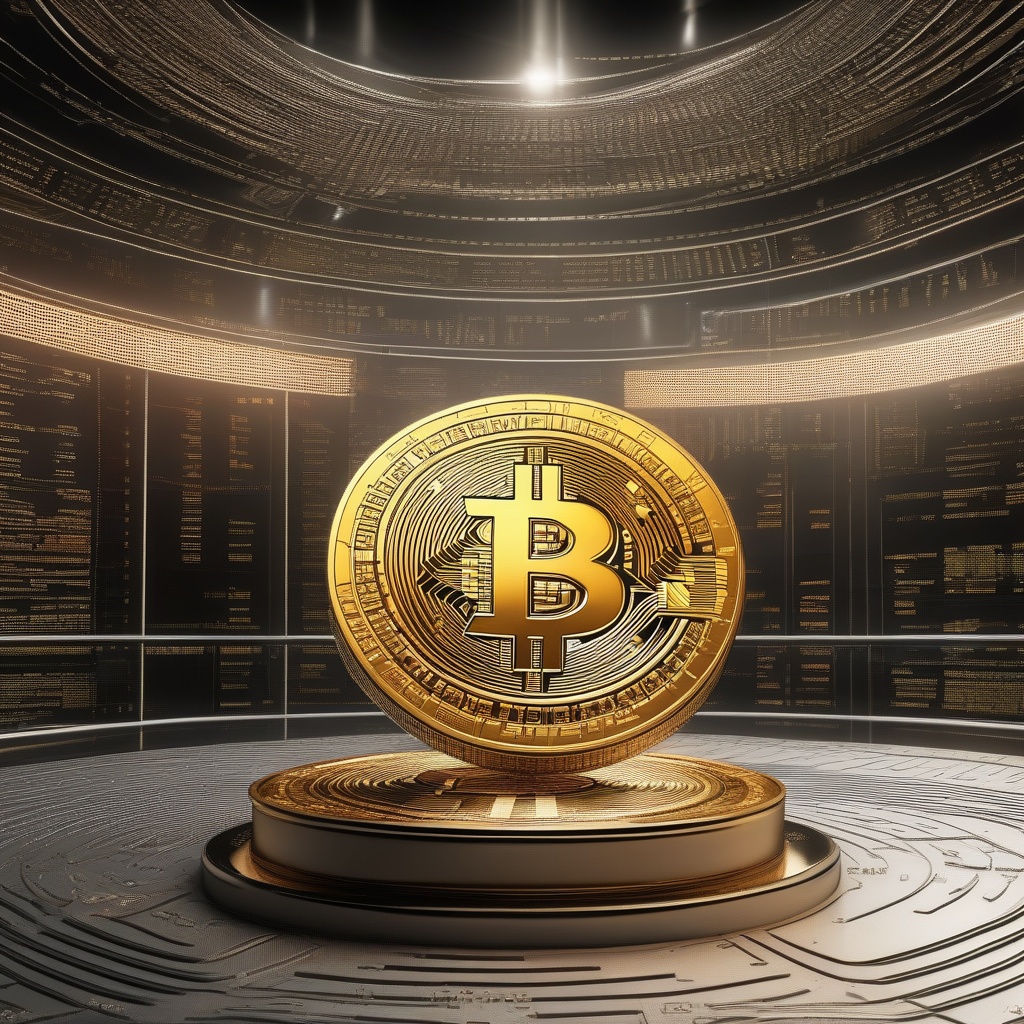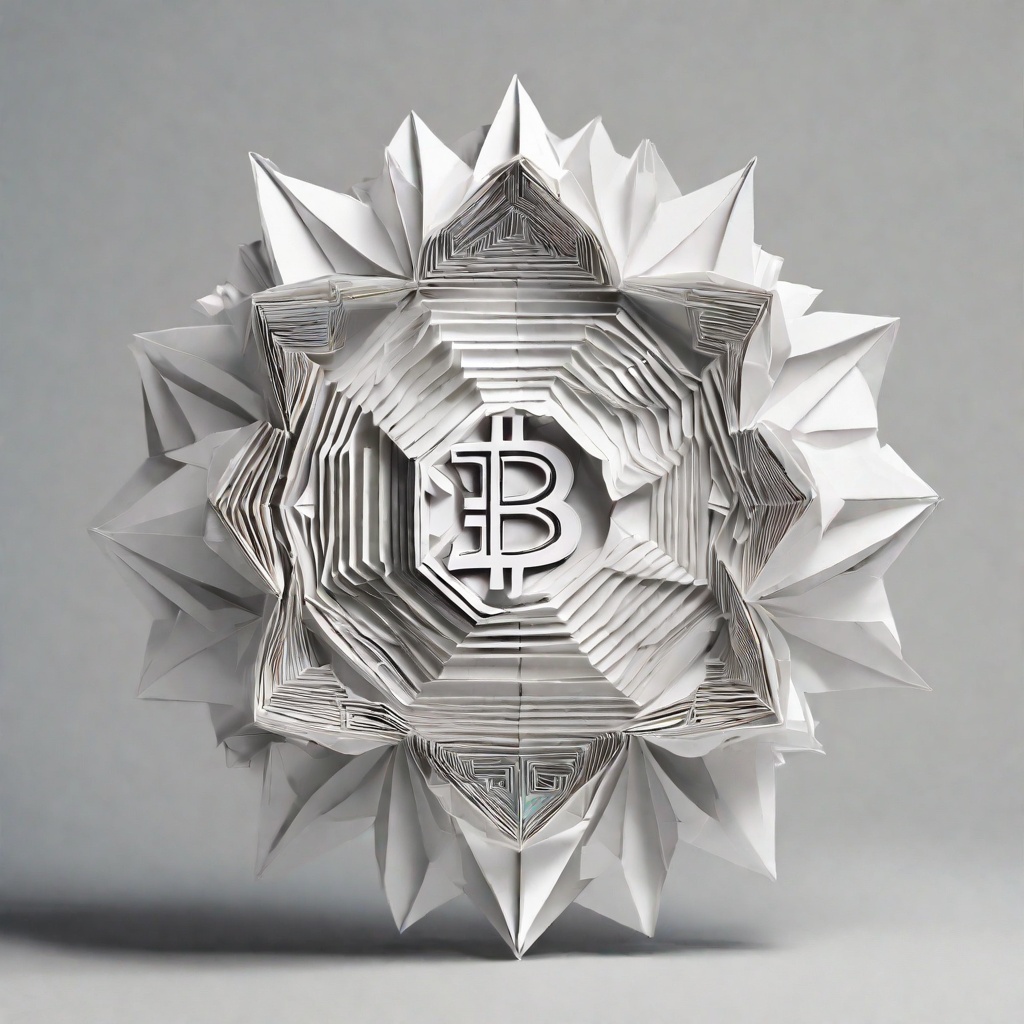Which coin will reach $1 in 2024?
As a cryptocurrency and finance professional, I often receive questions about which coin will reach $1 in the future. However, it's important to note that predicting the price of cryptocurrencies is a challenging task, as the market is highly volatile and influenced by various factors such as supply and demand, market sentiment, regulatory policies, and more. Therefore, I cannot guarantee that any specific coin will reach $1 in 2024. However, if you are interested in investing in cryptocurrencies, I suggest you conduct thorough research on the coins you are considering and understand their technology, team, and market potential. Additionally, it's important to diversify your investments and be prepared for potential risks and volatility. Remember, investing in cryptocurrencies is a high-risk, high-reward activity, and you should only invest what you are willing to lose. Always stay updated with the latest news and developments in the industry and make informed decisions based on your research and risk tolerance.

Is it safe to store money in USDT?
As a cryptocurrency and finance professional, I understand the concerns you may have about storing money in USDT. USDT, or Tether, is a stablecoin pegged to the value of the US dollar. Its purpose is to provide a cryptocurrency that maintains a stable value, making it suitable for use as a medium of exchange or for storing value. However, as with any cryptocurrency, there are risks involved in storing money in USDT. Cryptocurrencies are decentralized and not backed by any government or central bank, so they are subject to price volatility and the risk of hacking or theft. Additionally, the stability of USDT depends on the issuer, Tether Limited, maintaining a sufficient reserve of US dollars to back each USDT token. If Tether Limited were to go bankrupt or lose its ability to maintain this reserve, the value of USDT could collapse. Therefore, while USDT may provide a relatively stable store of value compared to other cryptocurrencies, it still involves risks that you should carefully consider before making a decision to store money in it. It's important to do your own research and understand the risks involved in cryptocurrency investing.

What are the risks of USDT?
As a cryptocurrency professional, I'm often asked about the risks associated with USDT. USDT, or Tether, is a stablecoin pegged to the value of the US dollar. While it offers the convenience of blockchain-based transactions with the stability of a fiat currency, there are still some risks involved. First and foremost, the stability of USDT depends heavily on the solvency of the issuer, Tether Limited. If Tether Limited goes bankrupt or loses its ability to maintain the peg, the value of USDT could collapse, potentially leading to significant losses for investors. Secondly, USDT is not backed by any physical assets, unlike some other stablecoins. Instead, it relies on a combination of fiat currency reserves and loans from affiliated companies. This arrangement could become problematic if market conditions change or if there is a run on the USDT peg. Lastly, USDT's usage and acceptance in the cryptocurrency ecosystem is subject to change. If confidence in the token wanes, it could affect its liquidity and peg stability. In summary, while USDT offers the benefits of both cryptocurrency and fiat stability, investors should be aware of the potential risks involved and manage their exposure accordingly.

How risky is USDT?
I've heard a lot about cryptocurrencies lately, and USDT has caught my eye. But I'm a bit concerned about the risks involved. Could you please explain to me how risky USDT really is? I understand that it's a stablecoin pegged to the US dollar, but I've also heard about some issues with its backing and liquidity. What are the potential risks I should be aware of if I decide to invest in USDT? And how can I mitigate those risks?

Can Cardano skyrocket?
I've been hearing a lot about Cardano lately, and I'm really curious about its potential. Can Cardano really skyrocket in the future? What are the factors that could drive its growth? And how does it compare to other cryptocurrencies in the market? I'm new to this field, so I'd appreciate it if you could break it down for me in a simple and understandable way. Thank you!

